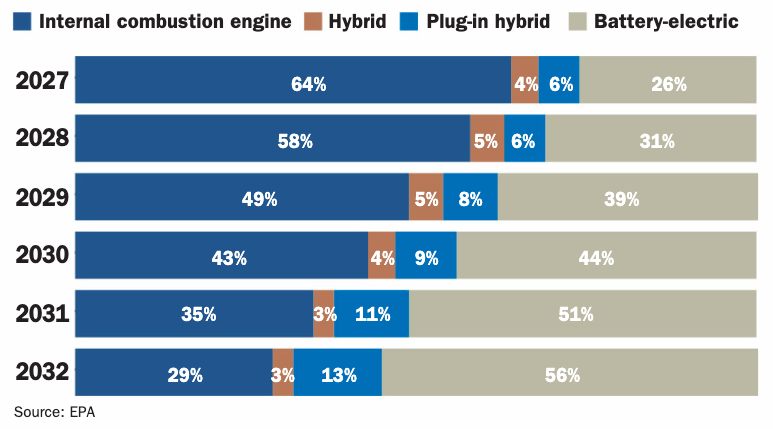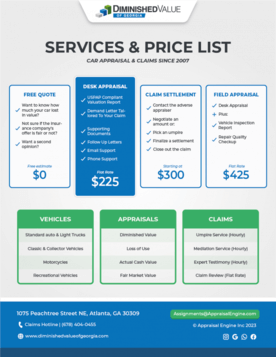The recent update in vehicle emissions rules by the U.S. Environmental Protection Agency (EPA) is a prime example of a regulatory body aligning itself more closely with industry capabilities and consumer behavior.
The initial standards set by the EPA were challenging, to say the least, and the auto industry expressed concerns about the feasibility of meeting such high benchmarks within the set timeframe.
Recognizing these concerns, the EPA has now adjusted its course slightly, offering a revised set of standards that still push for reduced emissions but with a timeline that manufacturers find more realistic.

Auto Industry Adjusts to EPA’s Relaxed Emission Regulations (PDF)
The Details: Eased Regulations, Same Goals
The heart of the matter is the EPA’s acknowledgment of the auto industry’s request for more time to integrate cleaner technology. By extending deadlines, the EPA has given car makers the ability to plan better and potentially exceed the less stringent early targets, without sacrificing the end goal of significantly reduced emissions.
A Closer Look at the Numbers
The crux of the matter lies in the numbers – those grams of carbon dioxide per kilometer that have become the metric for environmental management in the automotive industry. The EPA’s final rule sets the industry average target at 85 grams by model year 2032. It’s a significant reduction from current standards, but less precipitous than the original proposal.
This pivot is not a setback, but a strategic realignment, ensuring that the goals are within the reach of automakers. The new benchmarks are challenging but achievable, ensuring that cleaner transport does not remain a stuck concept in the future.
Diverse Solutions to Meet Targets
Under the new rules, car makers aren’t boxed into a corner with only one way to meet targets. The inclusion of different types of vehicles, like plug-in hybrids and more efficient gas-powered cars, means there’s flexibility in how these goals can be achieved. This helps keep cars affordable and gives consumers more options.
The EV Forecast: Realistic Growth
EVs as Part of the Bigger Picture
Electric vehicles (EVs) are still a big part of the future the EPA envisions, but their expected market share has been adjusted to reflect current industry and consumer trends. The new targets are ambitious but grounded in a reality that considers where we are with EV technology and adoption.
Keeping Consumers in the Driver’s Seat
Demand Meets Supply
The revised regulations take a consumer-focused approach, ensuring that car buyers have choices that fit their needs and lifestyles. After all, cleaner cars will only make a difference if people are willing and able to buy them.
Conclusion
With the EPA’s updated emissions standards, the auto industry has a clearer and more manageable road map to follow. The revised regulations show a balance between environmental priorities and what’s practical for car production and sales.
Our company is here to help both the industry and car buyers navigate these changes. We offer services that make sense of these new rules and help everyone involved move forward in a positive, sustainable way.
Now that the industry has a set of rules that fit the current landscape better, the question is, how will this flexibility affect the speed of our transition to a cleaner automotive future?






